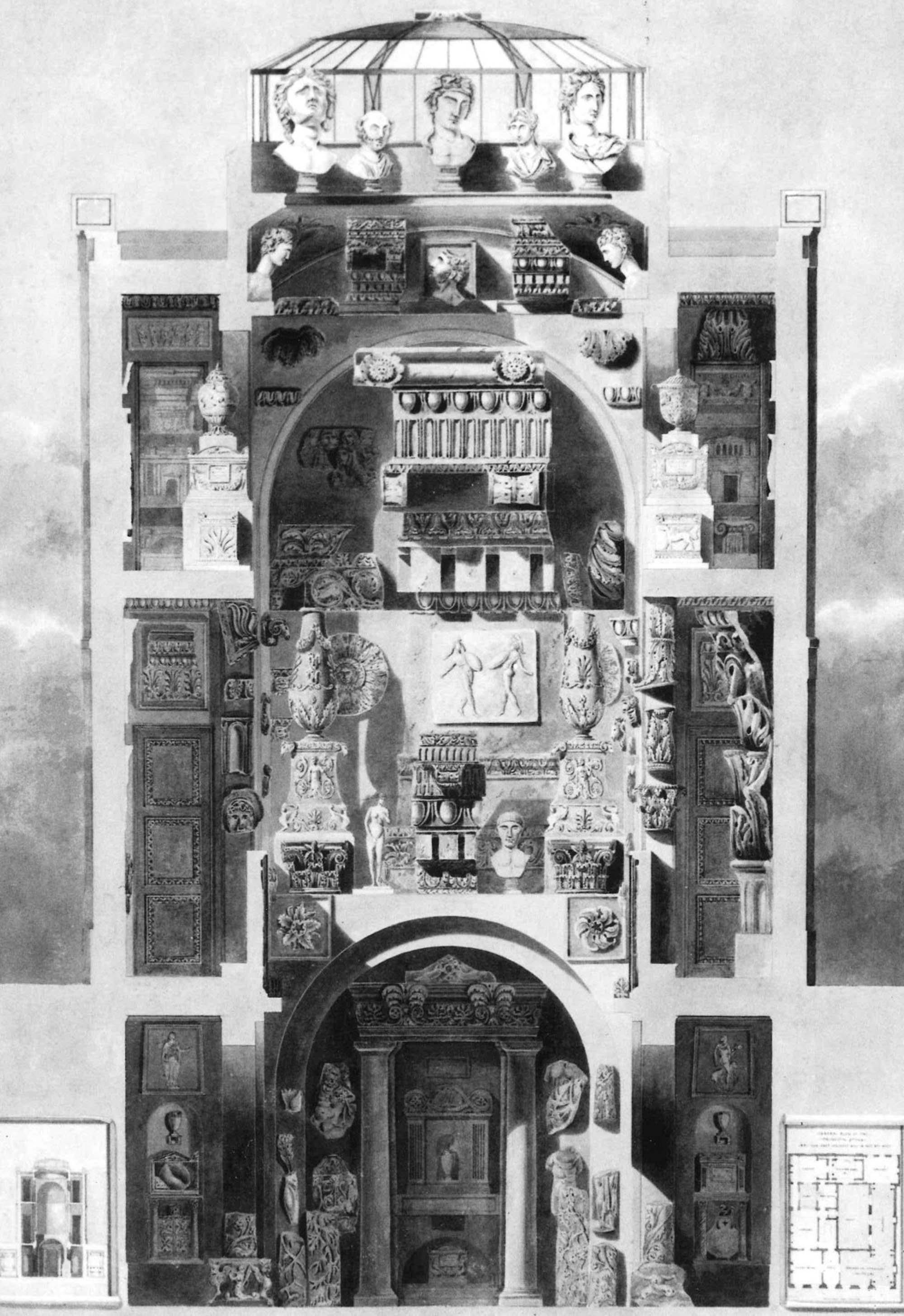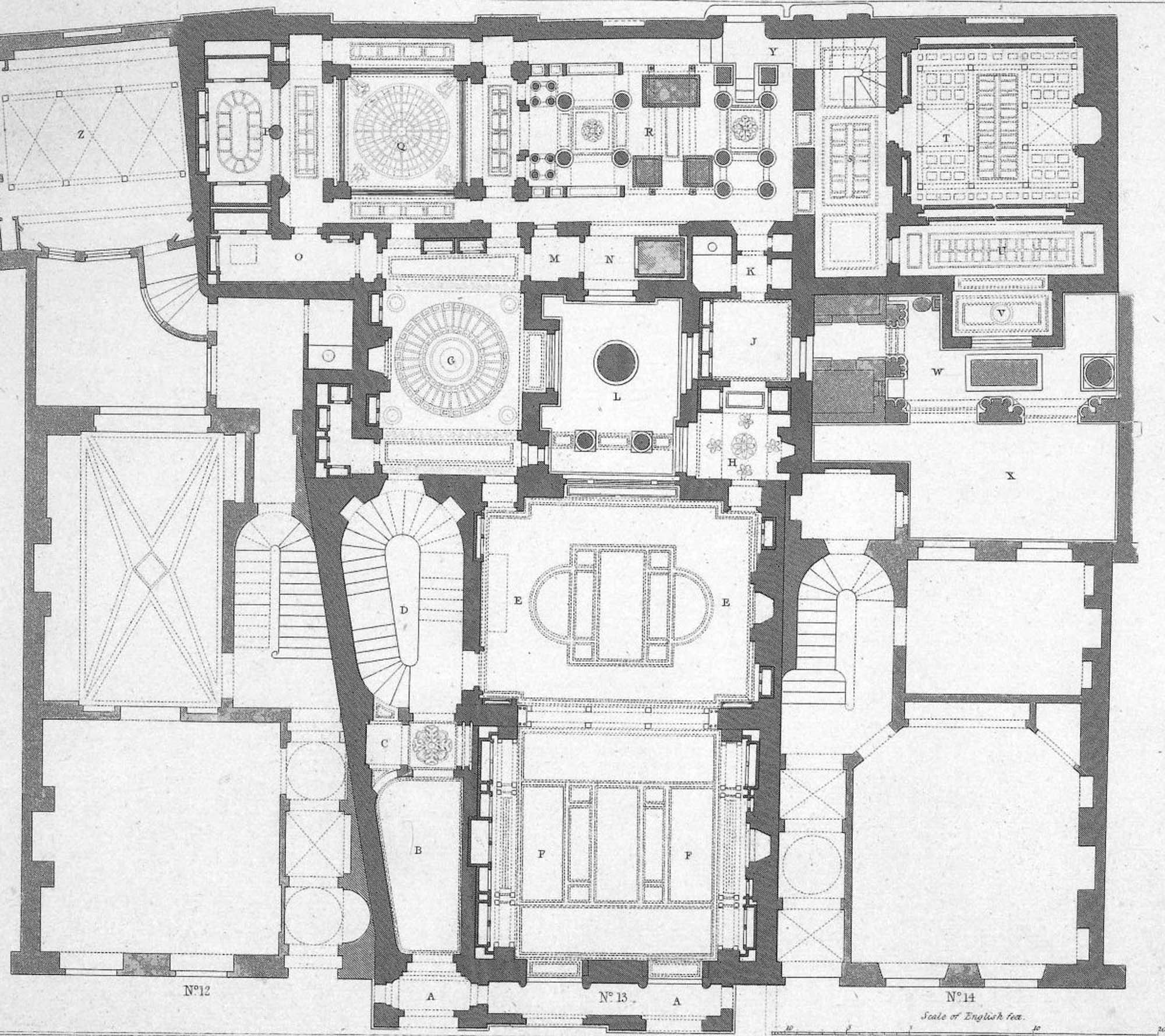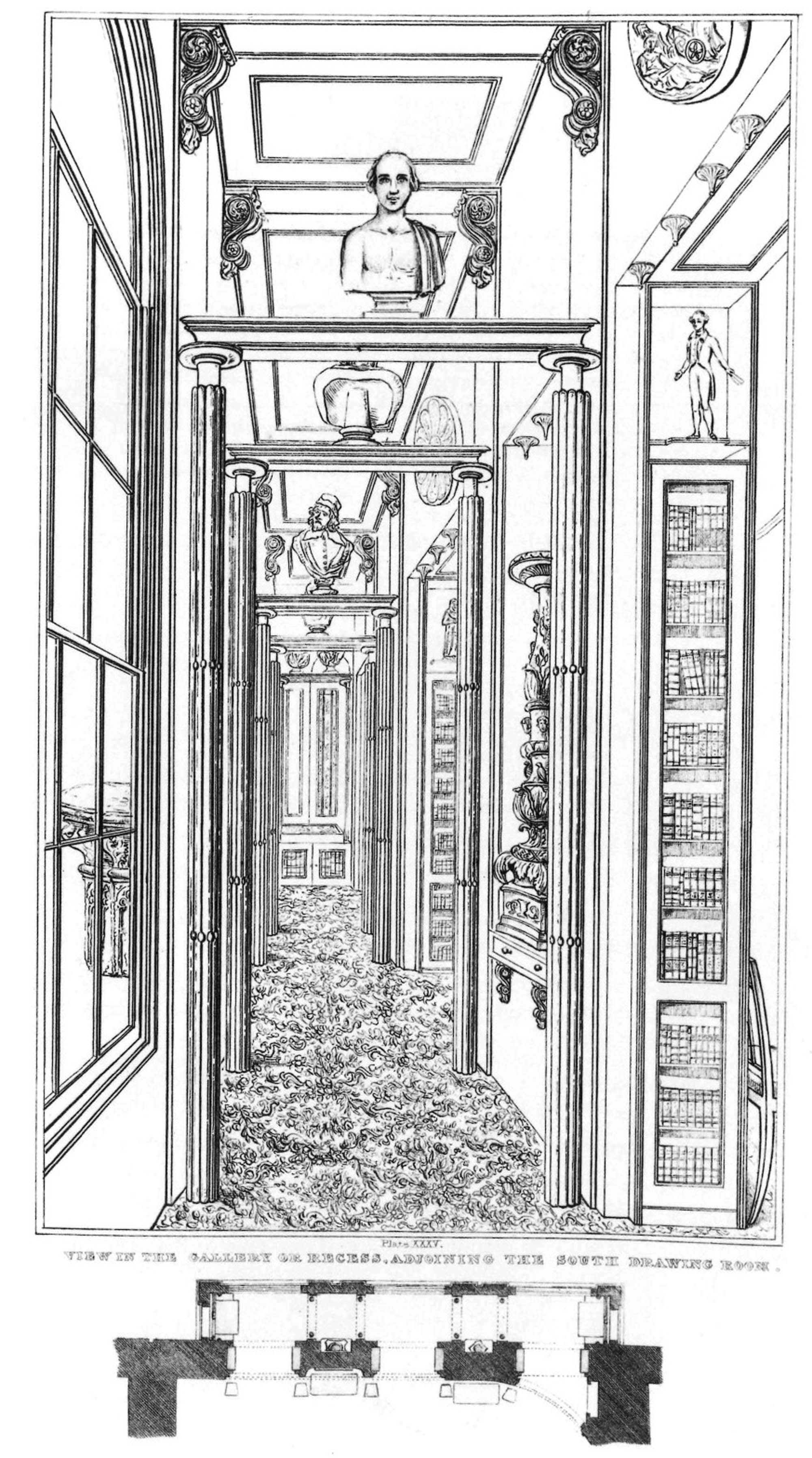Sir John Soane’s Museum is the extraordinary house and museum of the British architect Sir John Soane (1753-1837). On this page, discover the history of the Museum, its founder and its world class collections.
Sir John Soane was one of the foremost architects of the Regency era, a Professor of Architecture at the Royal Academy, and a dedicated collector of paintings, sculpture, architectural fragments and models, books, drawings and furniture.
Born in 1753, the fourth son of a bricklayer, his father’s professional links with architects and his own natural talent for drawing won him the opportunity to train as an architect. A talented and hard-working student, Soane was awarded the Royal Academy’s prestigious Gold Medal for Architecture, as a result receiving a bursary (funded by King George III) to undertake a Grand Tour of Europe. His travels to the ruins of Ancient Rome, Paestum and Pompeii would inspire his lifelong interest in Classical art and architecture.
Soane’s inventive use of light, space and his experimentation with the forms of Classical architecture earned him great success as an architect. During his career he won numerous high-profile projects, including the Bank of England (where he was architect for 45 years) and Dulwich Picture Gallery, and created his own extraordinary home and Museum on Lincoln’s Inn Fields.
His successes as an architect and his fascination with the history of architecture let to his appointment as Professor of Architecture at the Royal Academy in 1806. Already an enthusiastic collector, he began to repurpose his home at Lincoln’s Inn Fields as a Museum for students of architecture.
Today, Sir John Soane’s Museum occupies three buildings, Nos 12, 13, and 14 Lincoln’s Inn Fields. Sir John Soane acquired and rebuilt each of these buildings during his lifetime.
In 1792, Soane bought No. 12, at that time a 17th century house which he demolished and rebuilt as his home and office. Close to the Bank of England, of which he was Architect, the Royal Academy (then at Somerset House) and the coaching inns on High Holborn, the property was a convenient location for Soane as both a home and an office. In 1807, now Professor of Architecture at the Royal Academy, Soane bought and moved into No. 13, the house next door, creating a larger architectural office and what is today the Dome Area, which he filled with his rapidly expanding collections, and renting out the front of No. 12. In late 1823, he acquired No. 14, which he demolished and rebuilt in 1824-25, designing a new Picture Room as an extension to No. 13 to house his expanding collection of paintings.
With a collection containing thousands of objects ranging from Ancient Egyptian antiquities and Roman sculpture to models of contemporary buildings, Soane’s house had become a Museum by the time of his death. He acquired some spectacular items, including the sarcophagus of the Egyptian pharaoh, Seti I.
The organisation of the Museum can at first glance seem crowded and even chaotic. However, it is, in fact, purposeful, with each interior being a work of art in its own right. Soane was constantly arranging and rearranging the collection, not just to incorporate new acquisitions, but to enhance the objects’ poetic qualities through creative and inspiring juxtapositions. In the Model Room, for example, Soane placed models of his own works beneath models of the ancient ruins that inspired them.
In 1833, Soane negotiated a private Act of Parliament: to preserve his house and collection, exactly as it was arranged at the time of his death, in perpetuity – and to keep it open and free for inspiration and education. Upon his death in January 1837, a Board of Trustees took on the responsibility of upholding Soane’s wishes – as they continue to do today.
Other projects by John Soane






















